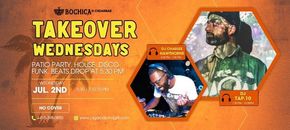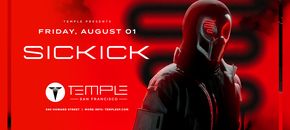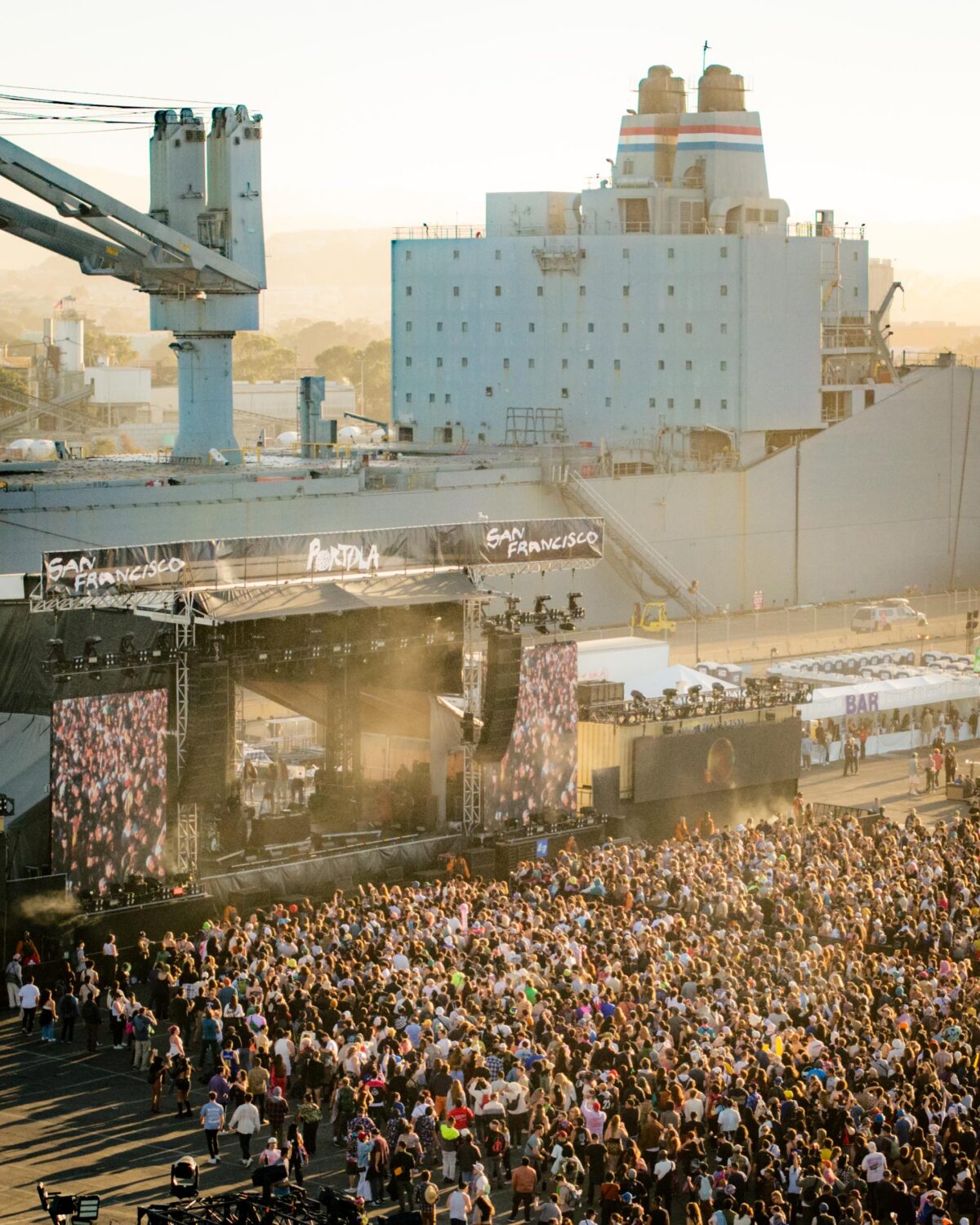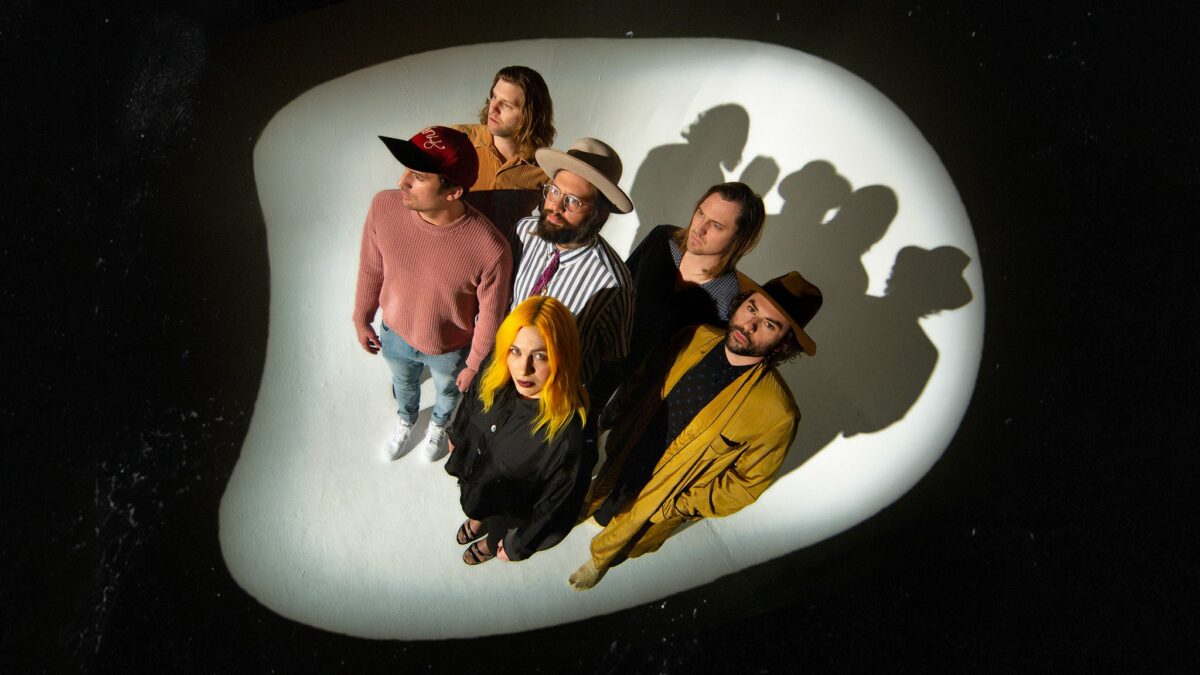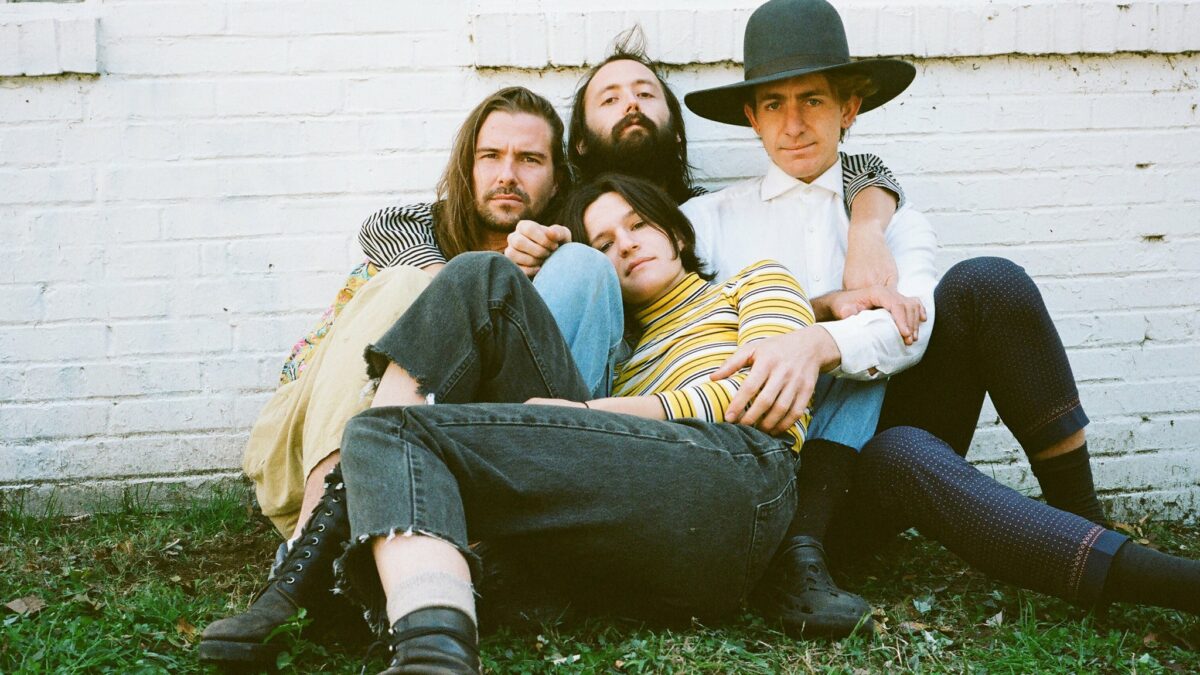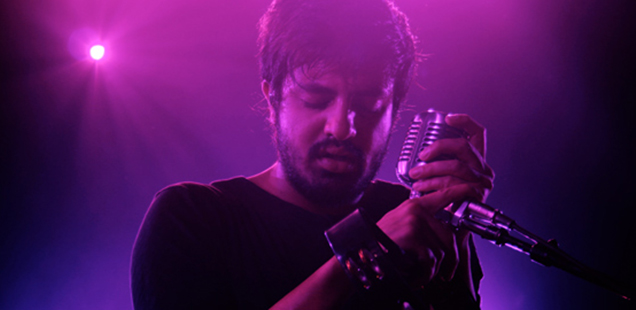Interview: Local Artist John Waguespack Talks ‘Hard Candy’

“Hard Candy” is a creative collaboration between local contemporary artists John Waguespack and Katja Tapia showing from through March 15th at the Ian Ross Gallery. In it, both artists utilize bold colors to explore a variety of subjects and inspirations. Though their techniques differ, when presented together, the two artists work in a sort of dialogue, that helps to create a better understanding of the individual works. We caught up with Waguespack to talk about his process, design and visual vocabulary.
When did you first start making art?
I’ve always painted and drawn since I was a little kid, but I didn’t start seriously until about 10 years ago.
Where would you say your inspiration derives from?
Ideas have never been my problem; I have thousands of them in my head. It just depends on which one of them is in the forefront. I guess I have a little bit of a problem with impulsivity, so it’s whatever is in the cue at the time. Sometimes I plan things and sometimes I don’t. Depending on where I’m working the environment tends to play a big role in the kind of work that I do. For example, I’m based in San Francisco and its pretty humid and rainy here, which definitely affects the way I paint.
A few years ago I was down in Palm Springs and it’s dry and hot there, which dictated the way I worked then. It really affects the way paint dries and the way you can layer and things like that.
So, the weather is affecting the technical aspect, but do you feel like the culture or feel of your surroundings is affecting your process too?
It can, it just depends. I tend to come across images that stick in my head. There are a couple of images that are in this show that I came across years ago and they just never left. I get obsessed with certain things, and if they stick around long enough I’ll use them in the work I do.
Can you tell me a little about your process?
In the most recent works, it’s really starting with a general idea and building. Some of these paintings have upwards of 50 or 100 layers on them. To me it feels more like carving than it does painting. You’re sort of carving out a portrait or a landscape or a seascape that comes from adding or subtracting different elements over and over and over.
There’s a lot of detail work in these pieces, so the ability to add a single line can dramatically affect how you’re seeing the work. I try to look at it as a third party, so I step away from the work a lot and try to enjoy it as a viewer rather than as someone making the work. It really comes down to problem solving, so I tend to focus on distractions or imperfections that are problematic for the visual part of my brain and solve them one by one.
I like to leave elements that are in it that are sort of confusing to force you as the viewer to move around the piece. The lack of a central focal point is key to some of this work. It causes the portraits to sort of animate because you tend to defocus and move around it as you’re looking at the piece.
You’re a multi-media artist; can you tell me about the relative strength of one medium over another?
That’s interesting. I don’t think of them as different mediums as much as different brushes. I think that these days artists have access to so many different technologies. I pick and choose different mediums if they feel like parts of the puzzle that will make the piece more successful. Traditionally I’m a painter, but I’ve started to use glass and photography more recently. I look at the photography I’m using as an element of the piece versus being straight photography. I do a lot of ink transfers with some of the photos I’ve taken over the years. But I use them as though they are complimentary layers to layers of paint to add architectural overlays to a particular portrait or scene.
It’s been said that visual vocabulary has always made more sense to you than written vocabulary. Do you think you could expand on that a little bit?
When I was in school there was nothing but the chalkboard. Everything was oral, there was not much visual aid and there wasn’t this visual vocabulary for kids. Now that everything’s been digitized and is available online, we’re looking at so much visual information on a daily basis. I think it’s stimulating a part of the brain that I lived within as a kid.
I’ll give you an example: There was a program on CNN awhile ago, and instead of having the news and newscasters they showed scenes from all over the world with no explanation of the scenes. I didn’t really need any more than that to tell the story and I don’t think a lot of people do. The influx of visual data that people are digesting on a daily basis has really sort of been a mental workout for people. Their ability to process visual information has been greatly intensified.
In the pieces of the show, I used a lot of grid systems and architectural overlays on the portraiture. I hope it makes people spend a lot of time looking at this because their brains are picking up on these visual cues that are transparent or transposed in the pieces. My goal is to have to visual cortex stimulated by these visual cues in the work that I’m doing, even if people aren’t aware of it.
So the Internet is in a lot of ways making us more visual learners, would you say that this is a good thing for us to shift in this way?
I think it’s a great thing. I can’t be the only kid who was a visual learner, you know? The brain’s ability to look at something and connect emotionally to it and process it can happen much more quickly. You’re not having to read a paragraph about something; you’re experiencing it on an instantaneous basis. It creates a direct emotional appeal for the viewer.

